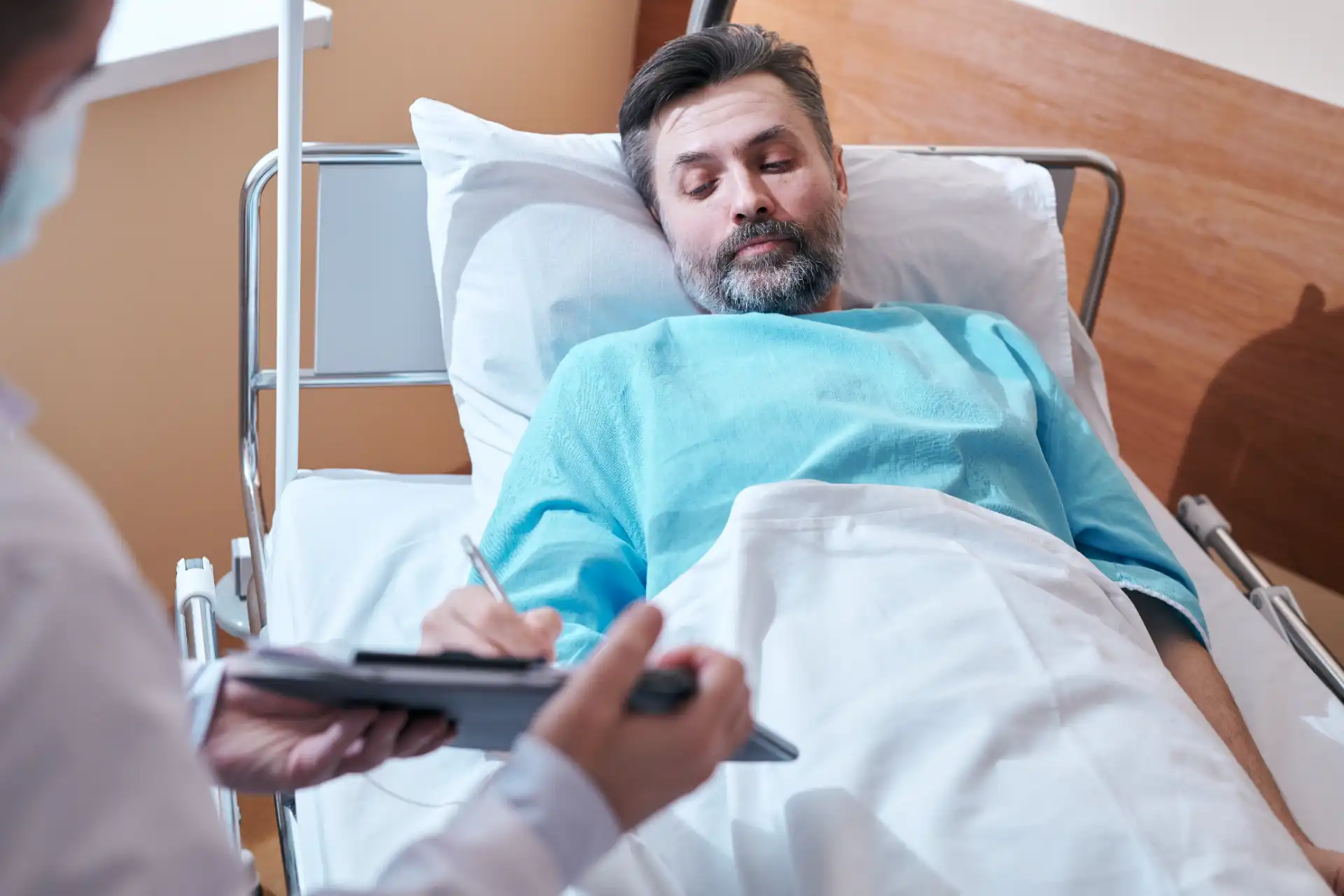How to Document Your Motorcycle Accident for a Strong Legal Case
Knowing how to document a motorcycle accident is one of the most important steps you can take after a crash. The evidence you gather immediately after the incident can determine the strength of your injury claim and whether you receive fair compensation. Without proper documentation, your case may lack the credibility needed to hold negligent parties accountable.
1. Document the Motorcycle Accident with a Police Report
Calling 911 is the first step in creating an official record of the incident. When officers arrive, ask them to complete a police report and request the report number before leaving the scene. This document often includes key information:
- Date, time, and location of the accident
- Names and contact information of involved parties
- Officer observations and diagrams
- Initial fault determination, if applicable
You can request a copy of the report from the local police department or DMV, depending on your jurisdiction. In California, reports are available via the CHP Collision Reports page.
2. Take Photos and Videos at the Scene
To effectively document your motorcycle accident, use your smartphone to capture the following:
- Damage to all vehicles from multiple angles
- Road conditions, debris, skid marks, and weather
- Traffic signs, intersections, and signal lights
- Injuries (with consent) and positioning of vehicles
- Close-up shots of license plates and registration stickers
Take both wide-angle and close-up shots. If possible, record a panoramic video of the entire crash scene. These visuals can help reconstruct the accident later in court or during negotiations.
3. Collect Contact and Insurance Information
You must exchange contact and insurance details with the other driver(s). Here’s what to collect:
- Full name, phone number, and address
- Driver’s license number
- Vehicle make, model, year, and license plate
- Insurance company name and policy number
Avoid discussing fault at the scene. Even saying “I’m sorry” could be used as an admission of liability later.
4. Gather Witness Statements
If anyone saw the accident, ask for their name and contact information. If they’re willing, record a brief video statement or jot down their account. Witnesses can offer critical, unbiased perspectives that help corroborate your version of events.
Independent witnesses are especially useful when liability is contested or when dealing with hit-and-run scenarios.
5. Preserve Damaged Gear and Personal Items
Your helmet, riding jacket, gloves, and boots are more than protective gear—they’re evidence. Don’t discard them, even if they’re damaged. Instead:
- Store them in a secure, dry place
- Take detailed photos of scrapes, dents, or cracks
- Avoid repairing or altering anything until advised by your lawyer
These items may help demonstrate the impact force and injuries sustained during the crash.
6. Seek Immediate and Ongoing Medical Attention
Some injuries, like whiplash, internal bleeding, or concussions, may not show immediate symptoms. It’s vital to:
- Visit an ER or urgent care within 24 hours of the accident
- Follow up with your primary physician or specialist
- Request copies of medical records, diagnoses, and prescriptions
- Track all treatment dates, symptoms, and recovery notes
If you don’t seek prompt medical care, insurance companies may argue that your injuries were minor or unrelated to the crash. For help finding a specialist, check WebMD’s Motorcycle Injury Doctor Finder.
7. Keep a Personal Injury Journal
Start a written or digital journal the day of your accident. Record:
- Pain levels and mobility issues
- Emotional challenges like anxiety or insomnia
- Missed work, appointments, or social events
- Medication side effects and physical therapy progress
This log personalizes your injury claim and helps quantify pain and suffering damages, which aren’t always captured in medical charts.
8. Save All Accident-Related Documents
Create a folder (physical or digital) to store everything related to the accident, including:
- Police report and medical records
- Insurance correspondence
- Repair estimates and receipts
- Towing bills and rental car agreements
Organizing your documentation helps your attorney present a comprehensive, well-supported claim.
9. Be Cautious When Dealing With Insurance Companies
Insurance adjusters may contact you quickly after the accident. While they may seem helpful, remember they represent the insurer—not you. Avoid:
- Giving recorded statements without legal advice
- Signing medical release forms prematurely
- Accepting early settlement offers
Instead, refer them to your attorney, who can handle communications and negotiations. Learn more about this in our upcoming article: The Role of Insurance in Motorcycle Accident Claims.
10. Consult a Motorcycle Accident Lawyer Early
A seasoned attorney understands how to document motorcycle accident cases effectively. They can:
- Send preservation-of-evidence letters
- Hire accident reconstruction experts
- Obtain video footage from traffic or security cameras
- File claims within the statute of limitations
Your legal team ensures that all documentation aligns with your claim goals and that no evidence is overlooked or mishandled.
Final Thoughts
Properly documenting your motorcycle accident gives you the foundation for a strong legal claim. Every detail matters—from photos and witness names to your medical history and riding gear. Don’t underestimate the power of documentation. It protects your rights, supports your injury claim, and ensures you’re treated fairly.
If you’ve been involved in a motorcycle accident and need help documenting your case, contact our legal team at Motorcycle Accident Law Firm for a free consultation.
Want to learn how insurance impacts your claim? Stay tuned for our next post: The Role of Insurance in Motorcycle Accident Claims.




